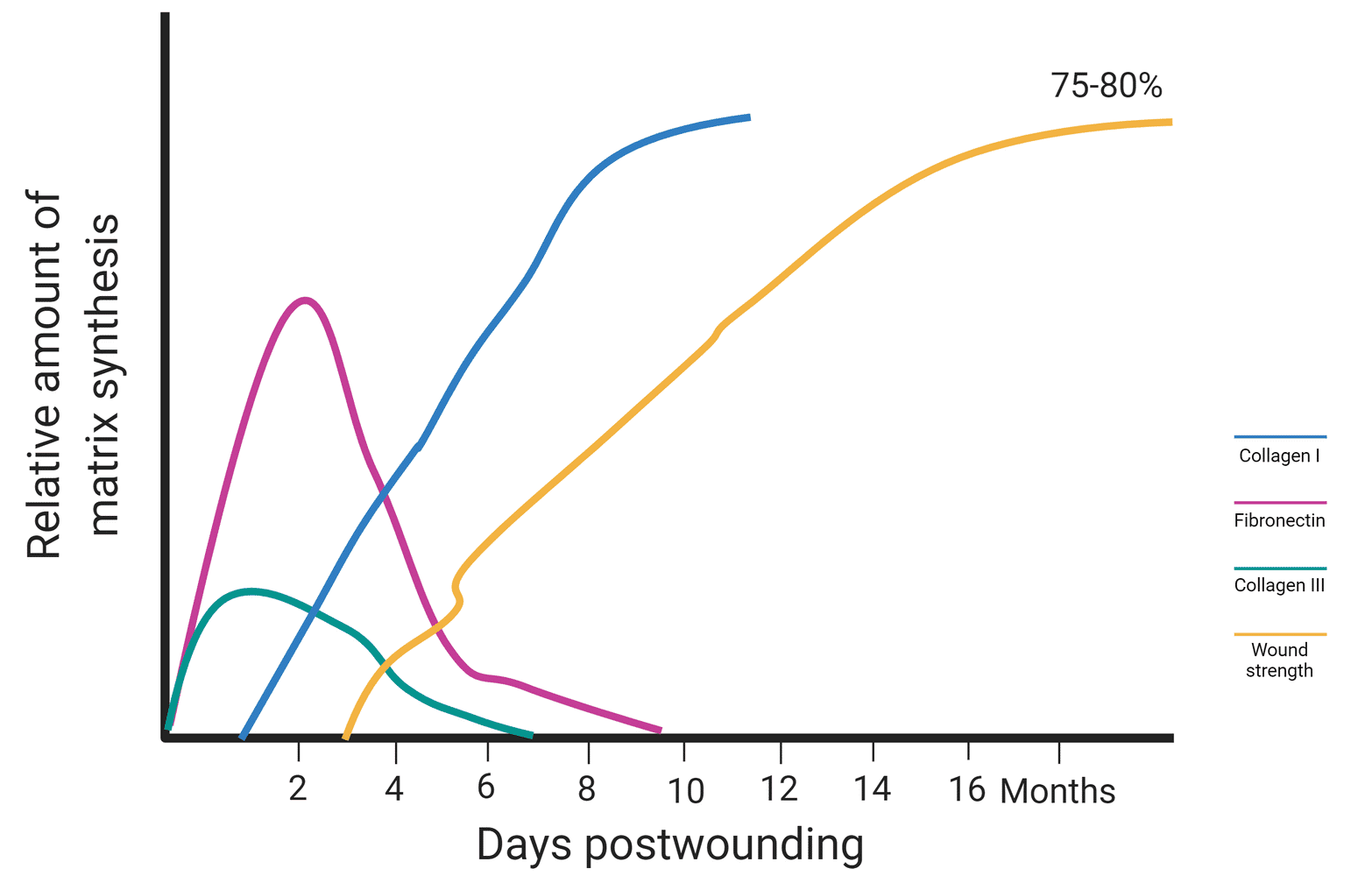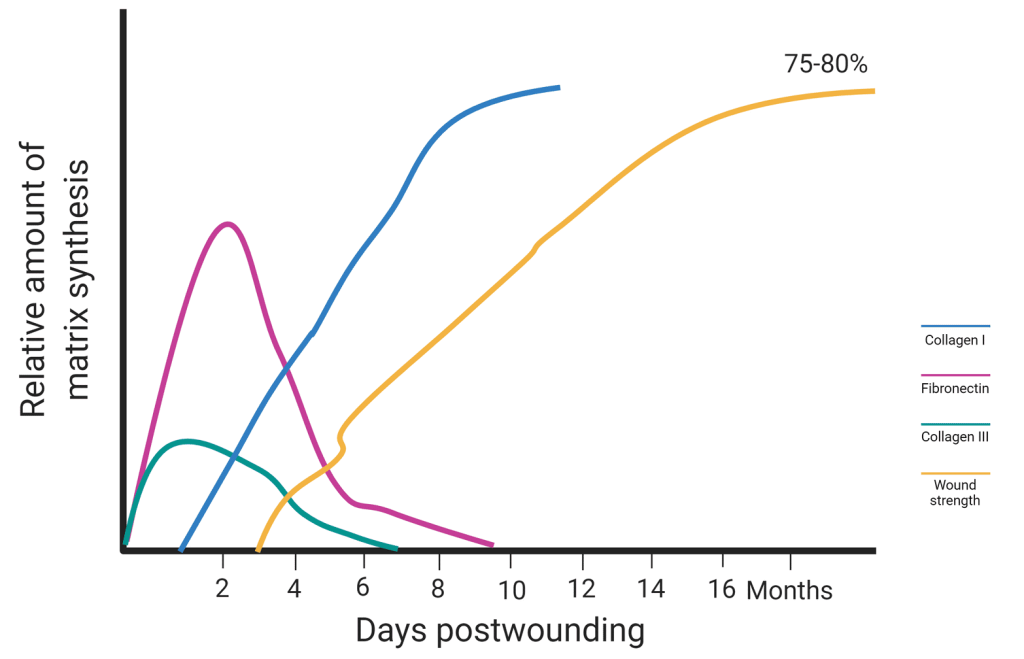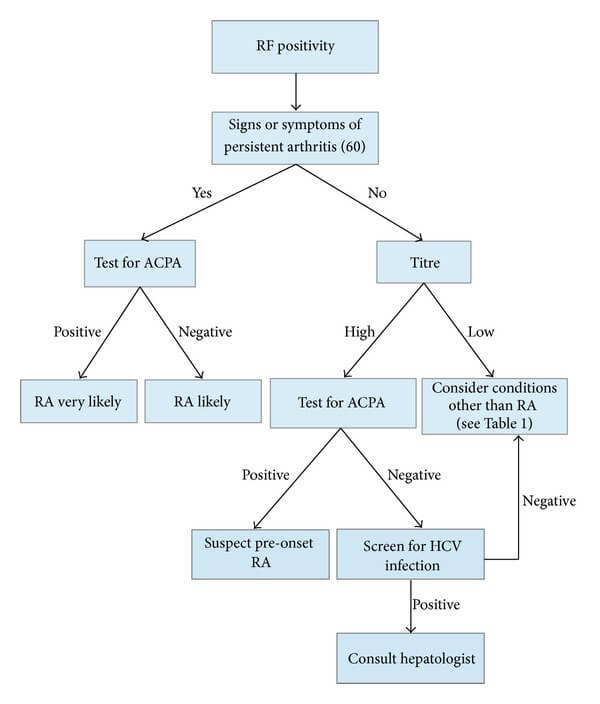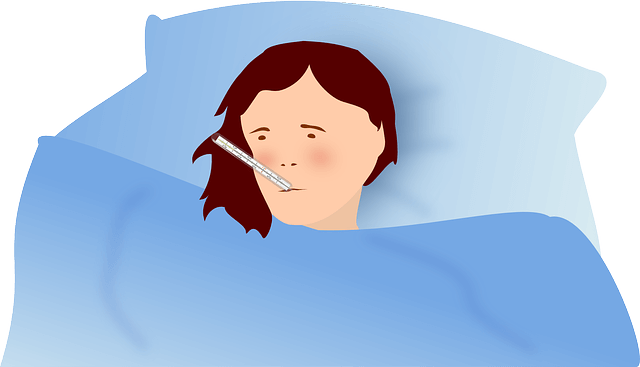Wound strength is determined by both quantity and quality of collagen and an appropriate balance of deposition and breakdown. The amount of collagen in a wound plateaus at several weeks post-injury.
Timeline:
1. First few weeks: Strength increases rapidly, reaching about 20% of pre-injury strength at 3 weeks.
2. Around 6 weeks: Wound strength increases significantly, nearing about 80% of the original strength.
3. 3 months: Wound strength reaches approximately 80% of its original strength.
4. Beyond 3 months: Strength continues to increase slowly, but the wound area will likely never be as strong as the original skin, typically reaching about 70-80%.
The tensile strength of the wound gradually increases over time. At 3 weeks, the wound has achieved 20% of its full strength. A wound’s maximum tensile strength peaks at 3 months, where it reaches at 80% of its pre-injury level.




